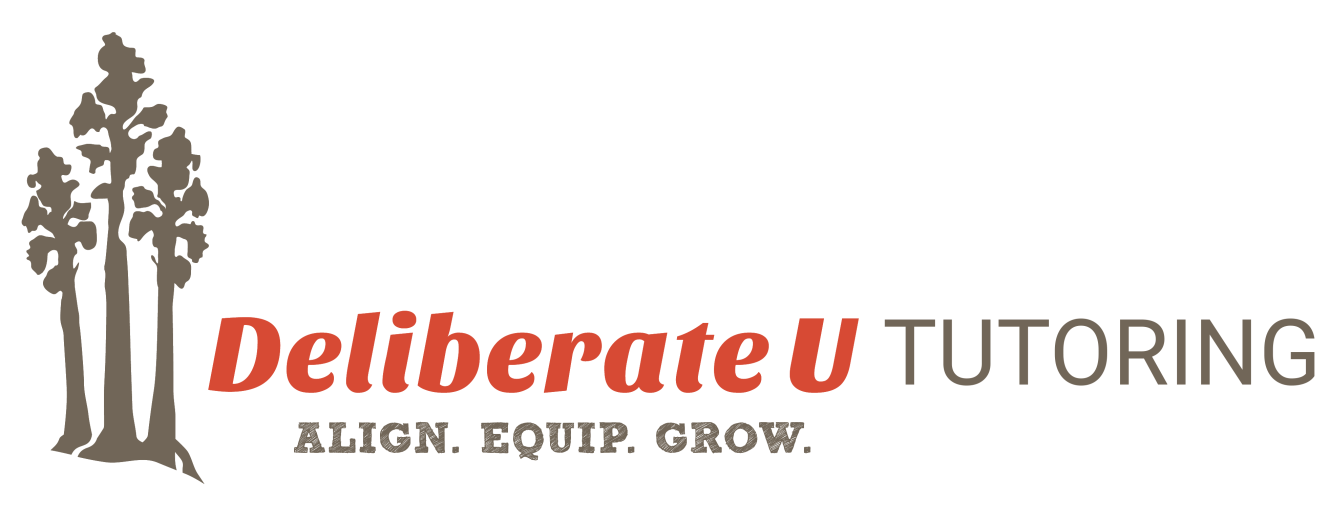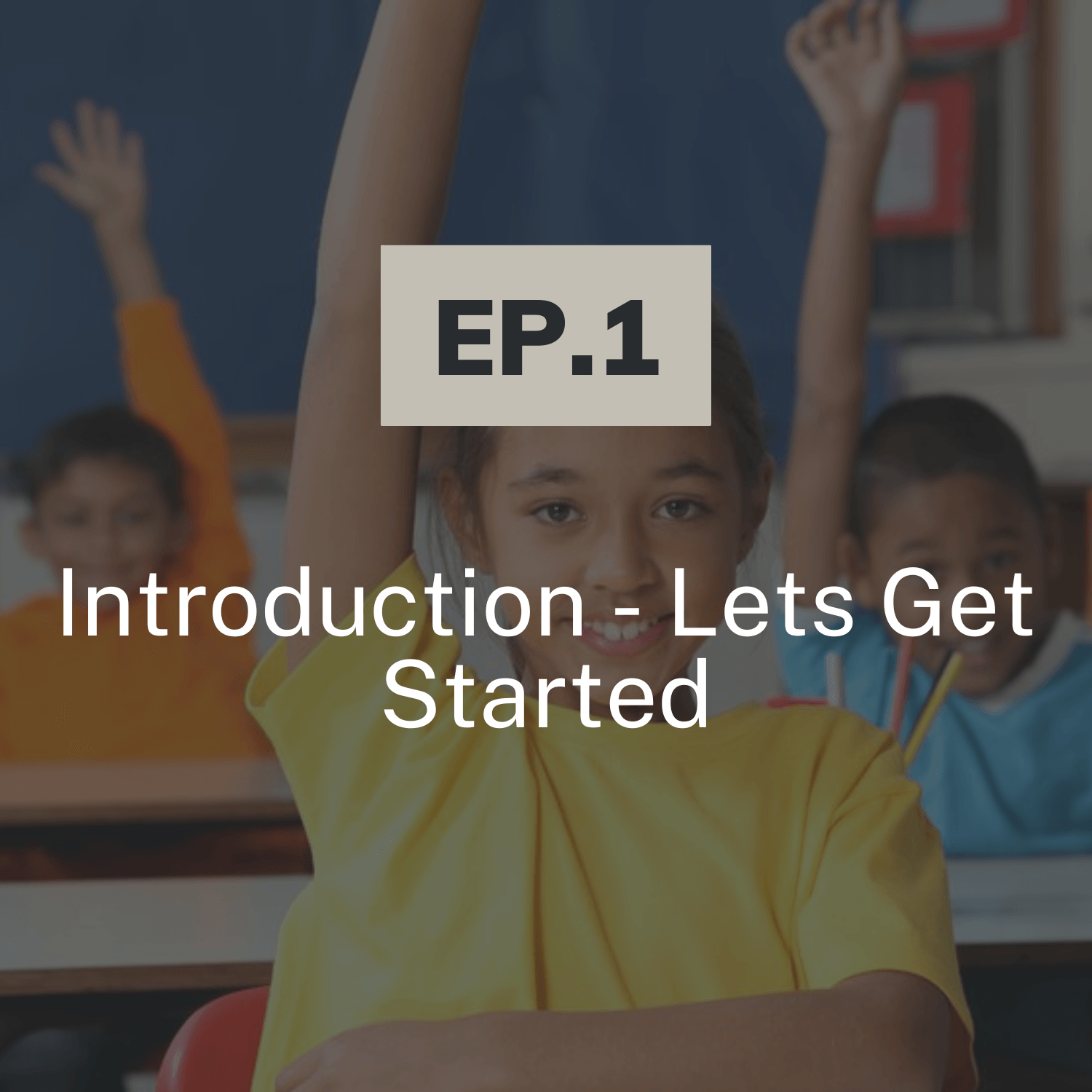In the academic world of school over COVID, you had to step in and take a more active role in your child’s education. In the process of stepping in to support your children being home online, you had to redesign the schedule to allow for multiple people working and living in one space. You did some adjusting.
To adjust well, you have to identify and establish key priorities. If you have read Stephen Covey’s “7 Habits of Highly Effective People” or “7 Habits of Highly Effective Families” the author likens priorities to ‘big rocks’ in a jar, the jar being analogous to your life. If you are filling your jar, your life, with big rocks (your biggest priorities) gravel, sand, and water (the things that don’t matter much but fill our time), all ONLY fit if the big rocks go in first. This is like our big priorities in life. If they don’t get put in first, we end up not having any time left to put those in after (if this feels confusing,
click here to watch Stephen Covey explain it). To start this, we first need to identify those key priorities!
IDENTIFY THE PRIORITIES
What are the big priorities - the big rocks in the jar of your child’s learning?
If you don’t identify those, they will get squeezed out by all the lesser priorities that are often easier or more straightforward.
For example,
finishing the homework assigned becomes the biggest priority but without a clear idea of what the homework is teaching, building in your child, you and your child will just look to check another task off the list, without considering the larger priority of how that task can grow the key skills coming from the homework or project.
As a parent, what would be the power of YOU identifying the academic priorities of your child?
1.For example, if learning to decipher information and think forward is a key goal
you have identified for your child to learn, would that change the approach you take in supporting them with that assigned project?
Sure it would. Instead of just driving with your child to ‘get it done’, you would stand alongside them to ask the questions like:
- What is most important in the information you are reading?
- What is the key objective of this assignment?
- What are the key questions the assignment and the teacher are requesting?
- Why?
- What’s most important about that?
- What can you learn from this material that would bring some value from the research?
- What value can that bring to the situation, the problem posed, the issues we face as a community?
2. Here’s another example… you identify that a strong conceptual understanding of mathematics is a key priority
for your child. When they are approaching practice questions or word problems, how would this adjust the way you support them?
Your questions might dig deeper to say:
- Why do you move that variable to the other side of the equation?
- What is that move based on?
- Does that make sense to you?
- Why not?
By identifying the logical steps that mathematics is built upon, you will begin to see where some of the gaps are that have your child stuck. Instead of the student and yourselves wondering….maybe they don’t have a brain for math, you can more specifically see that the place where they got stuck was because a fundamental concept that problem drew upon was missing. Just like the foundation of a house with a crack will result in an out-of-level, unsupported wall you can’t build upon, mathematics breaks down as a result of cracks in the math foundation.
In Transitional Years
In the school system, there are a few transitional years where we see these learning gaps most glaringly.
- In Grade 3, students with slower reading or a less traditional style of learning begin to move behind other students.
- In Grade 8 transitioning to Grade 9
teachers are advising whether a student would be best suited for an essential - workplace, an applied - college, or an academic - university pathway.
For some students and parents, these teacher’s suggestions can come as a shock. Whether they were unaware that their child’s curriculum was being modified or accommodated, they were not clear that their child was getting behind. Perhaps they were not clear where the breakdown was happening specifically for their child, so they did not feel empowered to step in and help. In the face of these gaps, we begin to hear the following at home:
- “I’m not smart enough”,
- “'I don’t like school”,
- “Why do I have to do this?”
When anyone feels like they aren’t able to win, they lose interest in playing. This is true for all of us.
Caution... Again... this is a place where many of us parents look to blame the problem on things outside our control; perhaps blaming COVID, online school, a different teaching approach that didn’t work for your child, your child’s issues, your lack of time, or the schedule. Or perhaps you self blame and cycle with being too hard on yourself but not adjusting to consider how to change and move forward?
We likely know that blame doesn’t get us anywhere as we are not addressing what we can control in the problem. It may help and I certainly appreciate a good ‘ugh’, sigh, and perhaps a few tears or a long aggressive walk where I pound the pavement with my feet. Then, at some point, I need to move forward with what I can control.
What We Can Control
You can control identifying the priorities
and designing a plan to address the priorities.
Ultimately you know and understand your child the best. You are the person (people) who will stand by them over the long haul. You are the best advocate for their learning journey. There is so much influence you have. Step in and move forward.
Stay tuned for next week. I will be walking you through the key priorities that I have found, in over 30 years of teaching, that are fundamental to learning.












